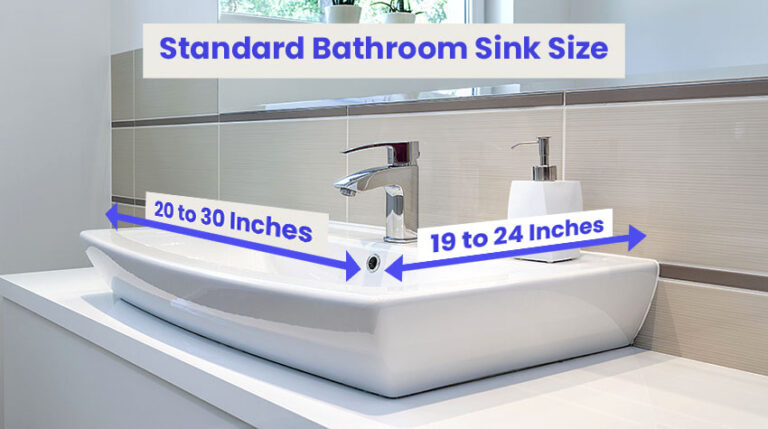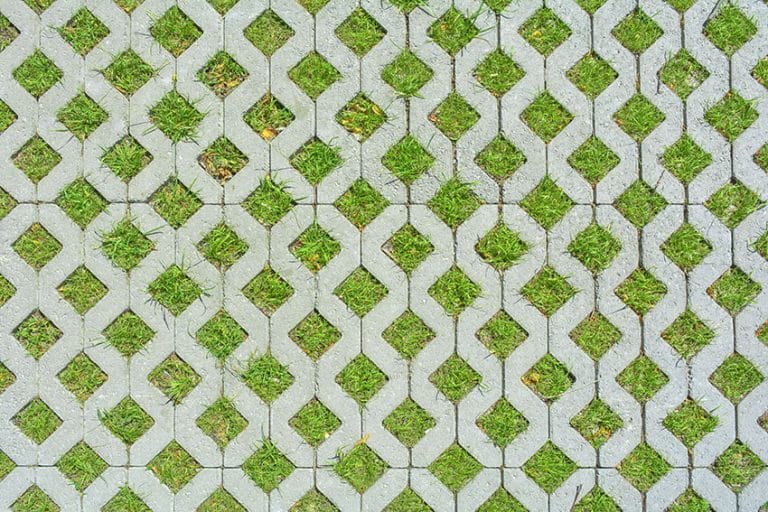How to Measure Lawn Size (11 Yard Measuring Options)
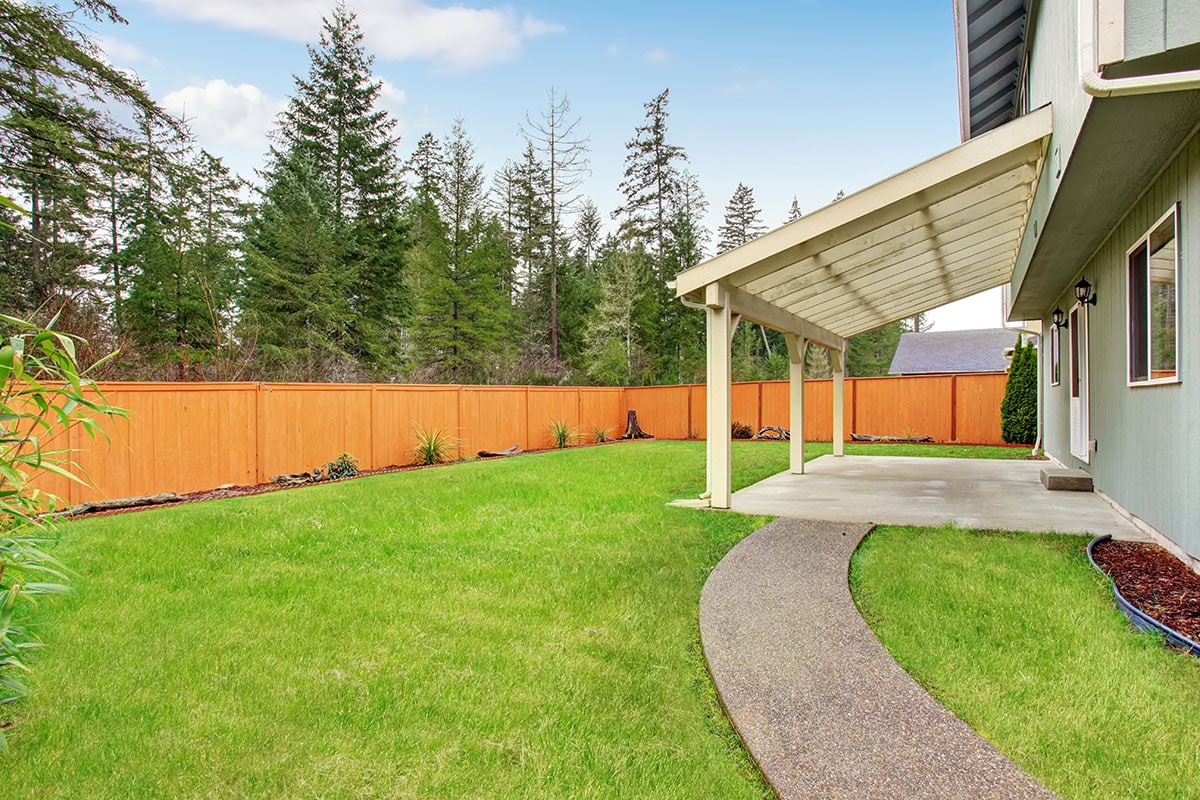
Many people wish for a lush, green lawn, and because of this, they often take on landscaping projects to beautify their space. But before doing so, have you ever wondered how big your piece of outdoor paradise is? Knowing how to measure a yard size is a skill for any gardener or homeowner, whether for planning a landscaping project, buying fertilizers, or just wondering about its size.
You may use many techniques and instruments to gauge the precise size of your lawn in this in-depth guide. From conventional methods to easy and cutting-edge technology, it gives you the knowledge you need to maintain and improve your outdoor space.
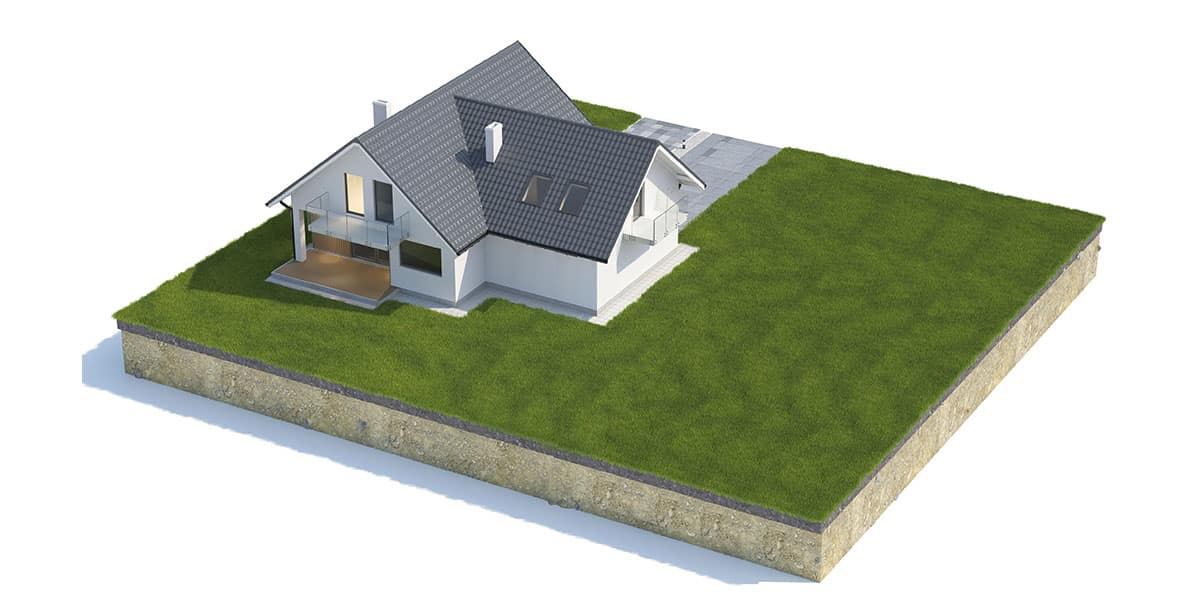
Accurately measuring the square footage of your grass is critical for numerous landscaping and maintenance jobs. This is a guide for everyone, from first-timers to specialists.
Estimate the Size by Walking The Yard Area
For this technique you’ll need paper and a pen. To start, walk the full length of your grass area, considering each pace equals three feet of distance. Write down the number for the length.
Next, walk the width of your grass and again jot down the results.
To get the final square footage of the lawn, you’ll multiply the number for the length by the number for the width.
Make sure you deduct the square footage for any structures such as the home, driveway, planters or pathways from the number.
Here are a few more techniques to use for unusual yard shapes. Grab your tape measure, and lets go.
Divide it into Geometric Shapes
One of the most straightforward methods to assess lawn size is to divide it into geometric shapes such as rectangles, squares, and triangles. Begin by recognizing the basic forms in your grass.
• Measuring a rectangular lawn
A square or rectangular yard is the most common and easiest to measure. To get the total (m2) area of your lawn, multiply its length by its width. Because of its straightforward form, this is the easiest yard shape to measure.
• Measuring a circular-shaped grass area
When dealing with circular lawns, there’s a simple method to determine the yard’s area and that is Pi (π). Pi can be calculated by measuring the radius or diameter of your circular area.
To refresh your memories, the diameter is the width of the circle, and the radius is half that width. You can measure the size by multiplying the radius two times with the Pi.
• Measuring a triangular area
These gardens can be an equilateral triangle, an isosceles triangle, and a right-angle triangle. For these, calculating the area of a triangle is straightforward because of the formula, though determining which dimensions to measure can sometimes be less clear and complicated.
The basic formula for finding the area of any triangle involves multiplying the base by the height and then dividing the result by two.
• Measuring an irregularly shaped lawn
Determining the correct area to measure might be difficult. But don’t give up; it is doable! We recommend the following techniques to help you with this task.
Consider subdividing your grass areas into shapes with more defined borders (i.e., rectangles and squares). These shapes enable you to measure their dimensions (i.e., length x width for boxy shapes and diameter for circular ones).
• Measuring a curved grass area
Determining a curved lawn’s measurements is as easy as identifying the physical attributes of a rectangular landscape. Look at the figure and check the lawn’s broadest and lengthiest sections. Measure the two longest parts with your tape measure. Multiplying the two parameters will give you a ‘very rough estimate’ of the areas square footage or square meter dimensions.
A more accurate way to measure is to segment the curve. You do this by dividing the area into more manageable segments, such as shapes like trapezoids or triangles.
Now, measure the lengths of the different segments at their widest and longest points. Calculate their individual area by using this formula:
- For trapezoids, you can use the formula (a + b) / 2 × h, where a and b are the lengths of the parallel sides, and h is the height.
- For triangles, use the formula base × height / 2.
Add the sum of all the segments together to get the total area. If this is too complicated, there are more methods below that may help.
Online Tools and Apps
Finding the correct sizes for yards can be a hit or miss, especially if you’re unfamiliar with measurement systems. Face it: not everyone is good at math.
Thankfully, online resources are available to make yard measurements a breeze. Although these apps can give you the required results, they need numerical input vis-à-vis actual length x width measurements.
Here’s a quick list of online apps and tools you can use. More details are below.
For iOS (Apple) Users
• MagicPlan
• iScape
• Lawn Map
For Android Users
• Lawn Size Calculator
• Smart Measure
Professional Surveying
Online tools are great, but they sound too “robotic.” Hence, a licensed land surveyor can give you more accurate, detailed, and professionally measured yard dimensions. It could be pricey, but measurement accuracy is spot on.
Use a trusted organization like the Better Business Bureau (BBB) to find an accredited land surveyor business near you that is in good standing.
Measure Lawn Dimensions Online
As mentioned, online resources exist to make everyday activities more convenient and fast. And this extends into the house front and backyard measurements. You can check out the following internet tools to determine your lawn’s size.
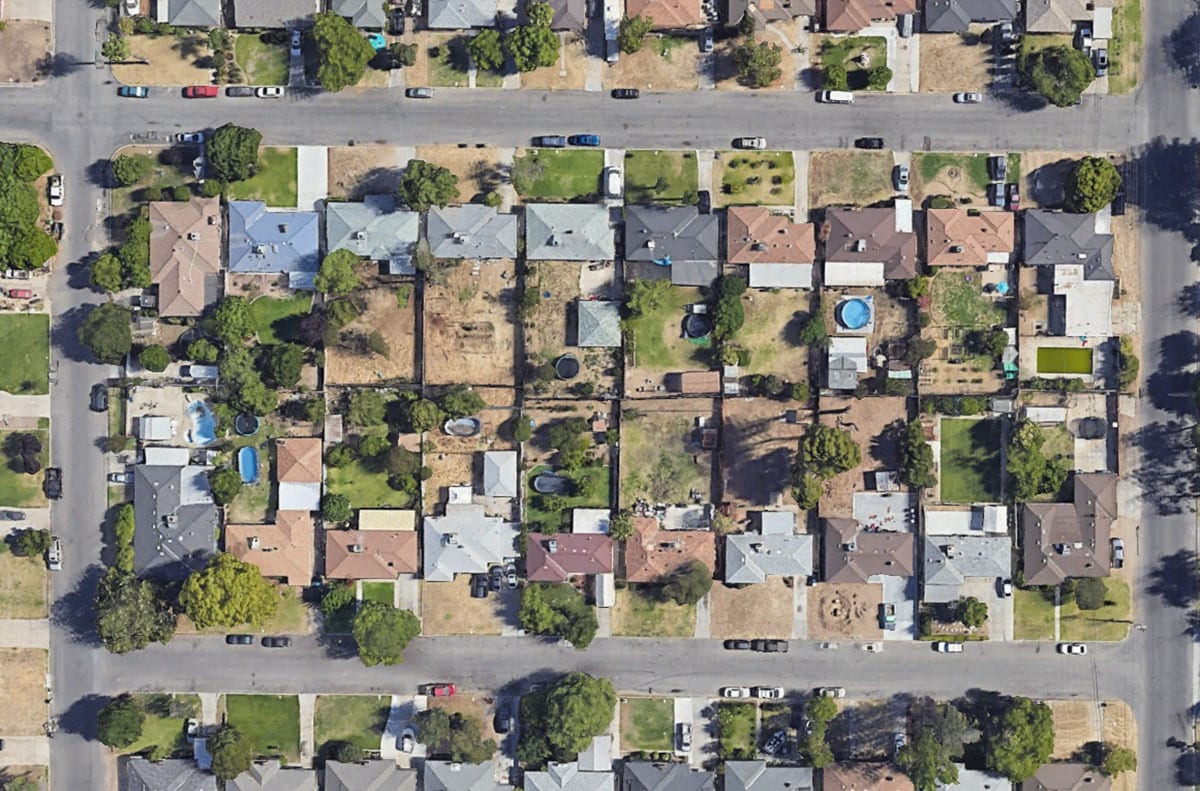
Google Earth
Become the “spy” you’ve always wanted to be by leveraging Google Earth’s sophisticated GPS algorithms. If you’ve been watching YouTube videos about “hidden” objects seen from the heavens, it’s the same thing.
However, you’ll be zooming in on your property, grab an image tool, and outline the boundaries. Here’s the kicker! Google Earth features embedded tools to measure the boundaries-defined polygon.

Online Mapping Services
Realtor.com. Redfin, Zillow, and other companies with a robust online presence can also address lawn sizing requirements. These platforms feature integrated tools to get the answers with a few strokes of the mouse button.
Online Land Surveying Services
Alternatively, homeowners and property developers can check land surveyors with an internet presence. It’s like hiring a licensed surveyor, except you conduct business online. The plus side of such services is they can measure lawns and other properties remotely.
Real Estate Listings
Few homeowners do not realize that realtors often have data about properties. For instance, your home was previously listed on an real estate platform. In such cases, the realtor will have the yard dimensions stored in their archives.
App to Measure Lawn Sizes
For iOS (Apple) Users
• MagicPlan – This user-friendly iOS app is indispensable among Apple users, empowering them to measure locations and create stunning floor plans using photos or images.
• iScape – Another app for Apple devices, iScape makes it super-easy to measure a home’s parameters while enabling landscape artists to leverage the program’s ingenious features.
• Lawn Map – Specific for yard size determination, Lawn-Map is heaven-sent for property owners and landscape designers. It relies on GPS technology to create and establish property boundaries, including turf areas.
For Android Users
• Lawn Size Calculator – A simplified Google Earth incarnation, Lawn Size Calculator makes turf size determination a cinch. You can draw “yard boundaries” into a polygon, enabling the app to calculate accurately.
• Smart Measure – Thank you, Android! Measuring grass landscaping parameters is a breeze with Smart Measure’s sensor- and camera-based algorithms producing highly accurate outdoor and indoor space measurements.
Desktop and Mobile Users
Advanced Lawn Size Calculator – You can use our free advanced lawn sizing calculator to determine the area based on different zones and computer the total price of sod.
How Many Square Feet is the Average Lawn?
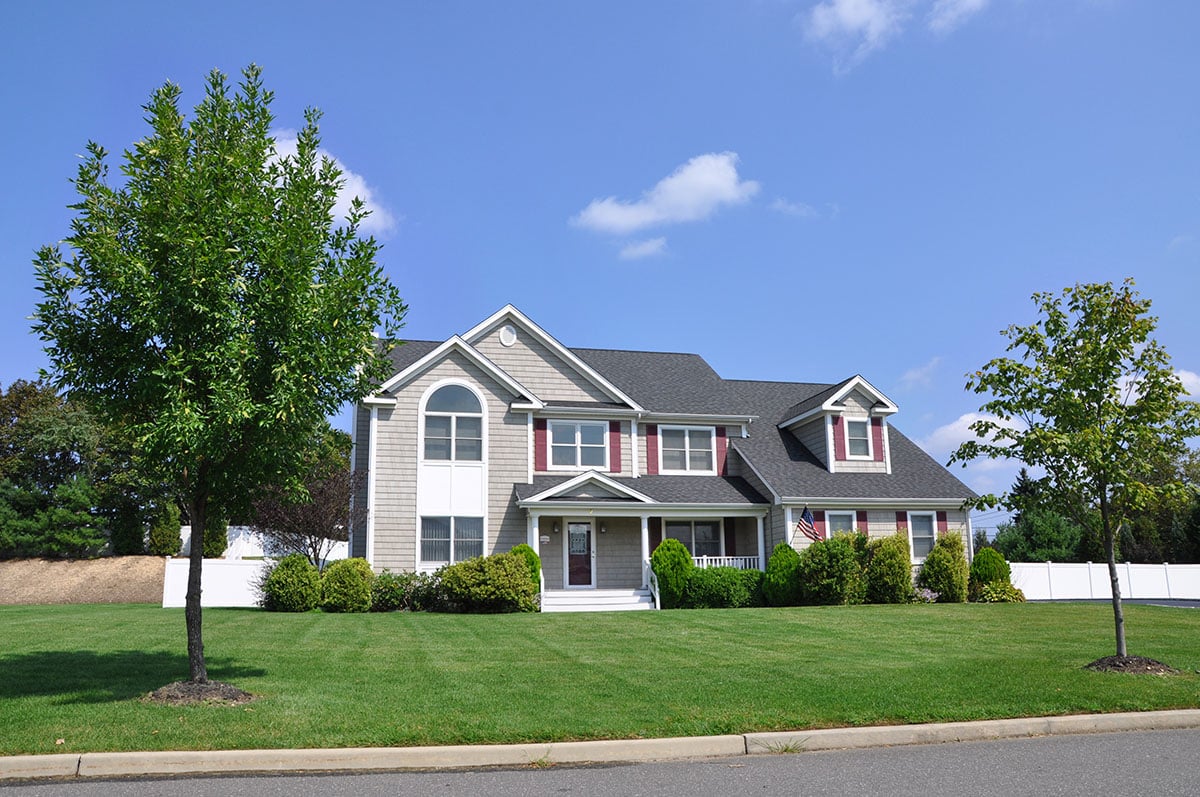
Defining the “average” lawn size is like describing the different substances dissolved in the Pacific Ocean. It’s that immense! And although some properties might look identical, they can still vary in dimensions, especially when factoring in personal preferences, local codes, landscaping design philosophy, property shape, and geography.
However, most American suburban families enjoy grass yards as “cramped” as 1,000 square feet or as “massive” as 10,000 square feet. Families with French chateau-like properties can have lawns extending up to hundreds of acres. Visit our guide to what size house will fit on my lot for more related content.





